The early human settle in modern-day Edinburgh can be traced back to the early Middle ages when a hillfort was established in the area, most likely on the Castle Rock. Edinburgh became a large town by 1500, with a population of about 12,000. Edinburgh was attacked several times; however, each time, it recovered. Despite the outbreak of the Great Plague (from 1665 to 1666), Edinburgh grew in size and prosperity in the 17th century.
In the 19th century, Edinburgh lost its position as Scotland’s number one city to Glasgow, and it became overcrowded and became socially segregated. Edinburgh was less industrialized and modernized as compared to other cities in Britain. In the mid-19th century, many Irish immigrants arrived in Edinburgh fleeing from famine. Calton Hill, the Scottish National Gallery and the Scoot Monument were also built.
In the 20th century Edinburgh continued to thrive, Edinburgh’s famous floral clock, Zoo, Usher Hall, Scottish National War Memorial, City Museum, and other top attractions for tourists were constructed, and Edinburgh become a popular tourist destination.
Here below are some stunning historical photographs of old Edinburgh from the 19th and early 20th century — capturing streets, castles, landmarks, and everyday life. Want to go more forward? then checkout, 1960s Edinburgh.



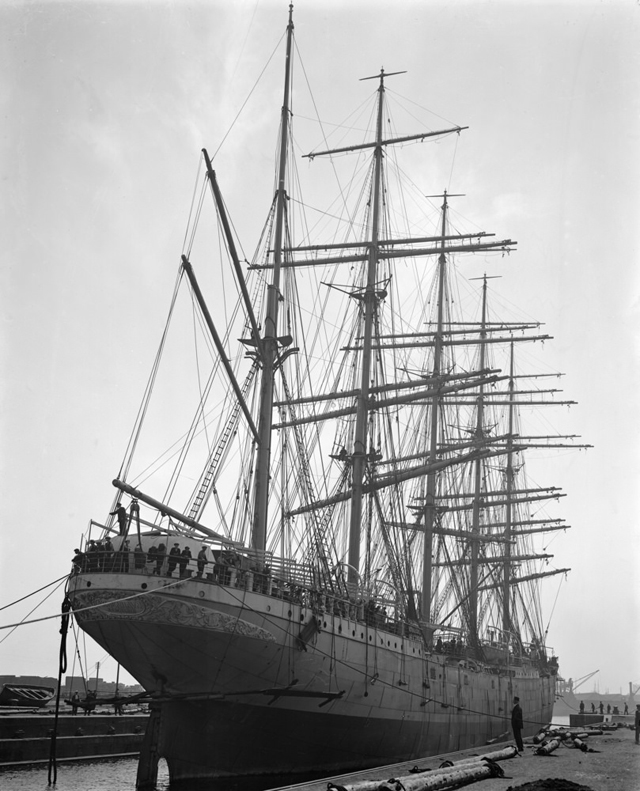
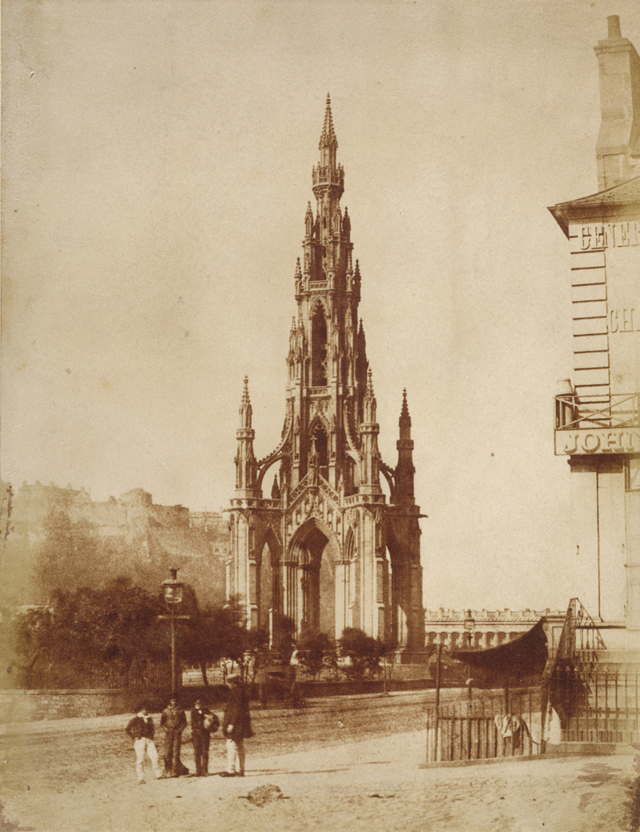
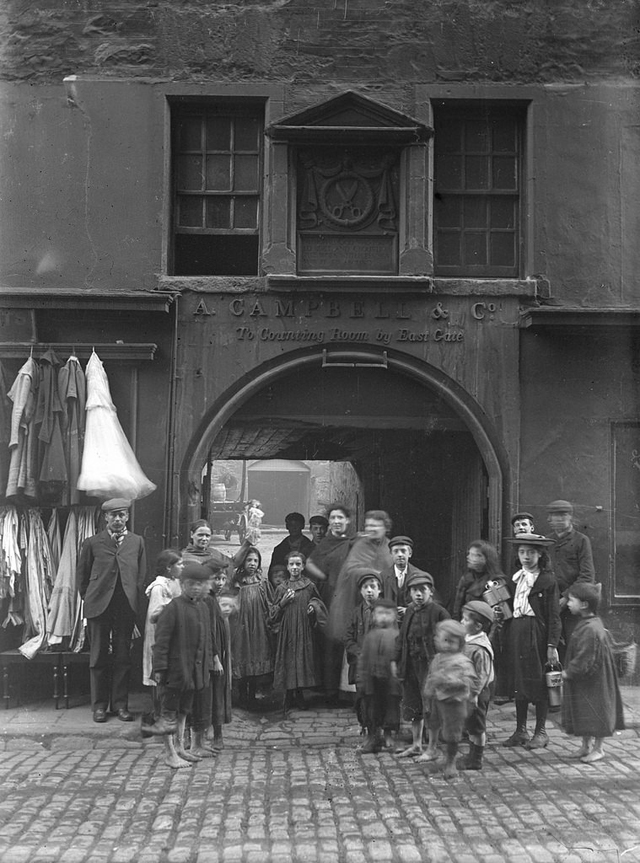
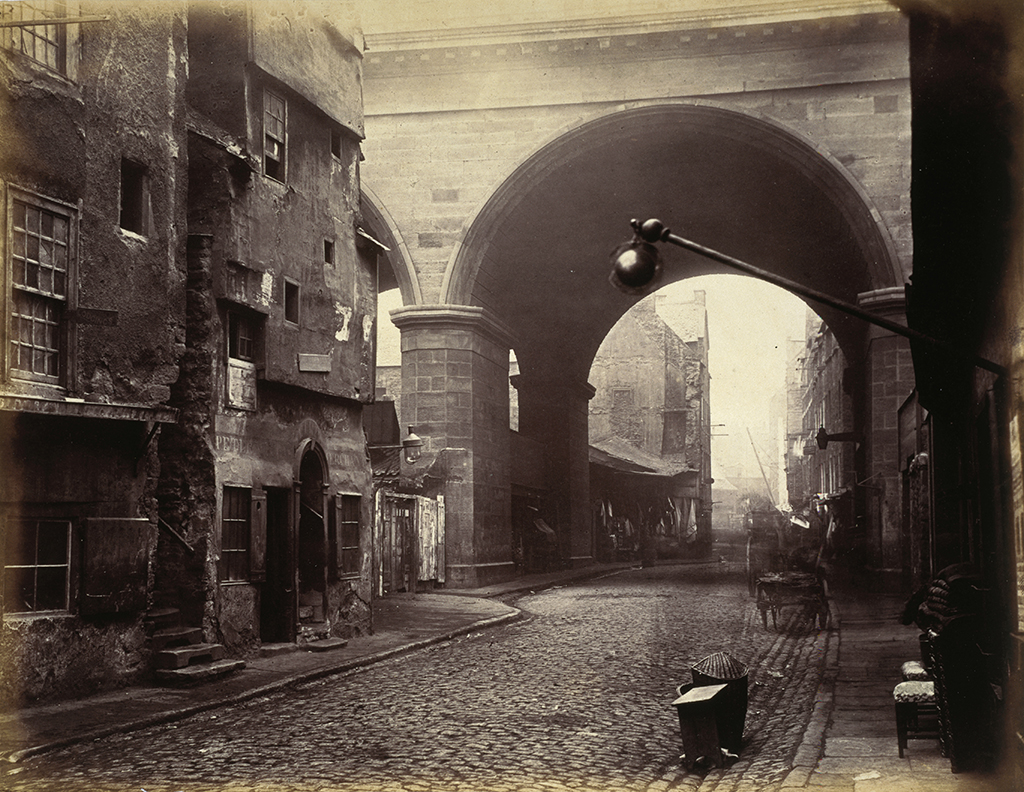
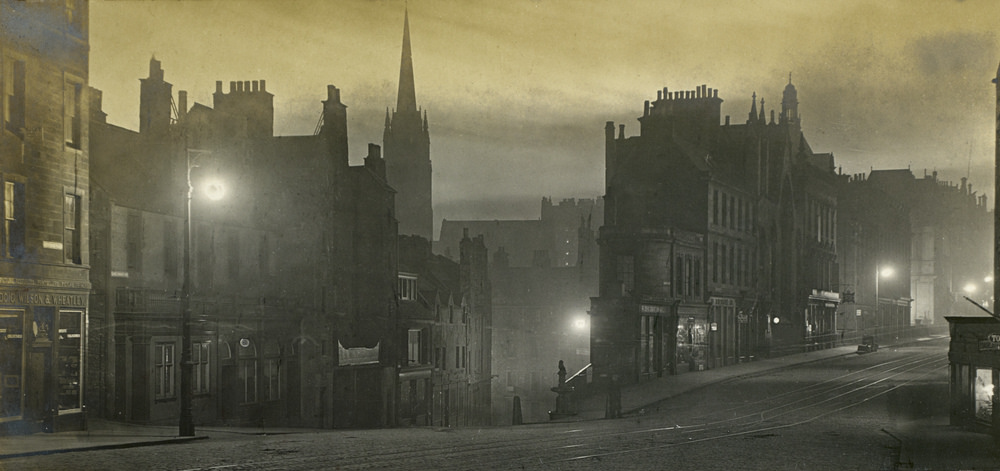
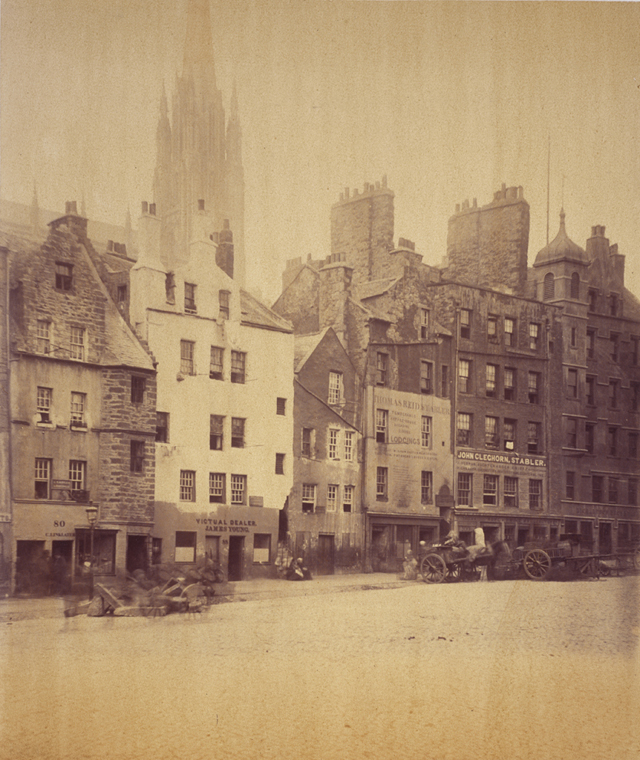
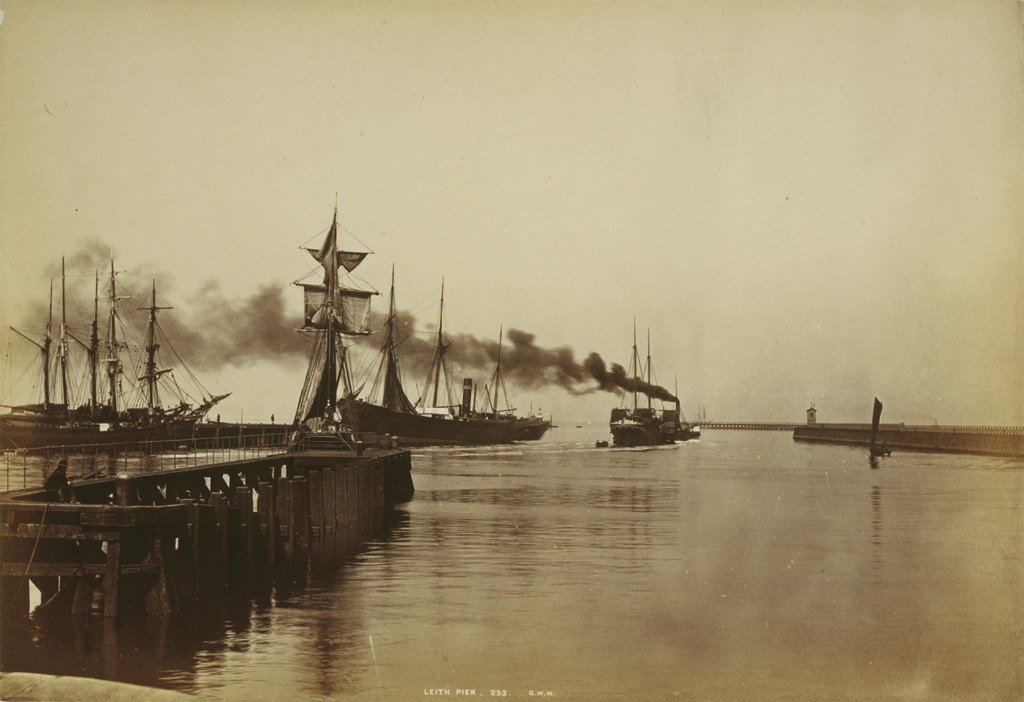
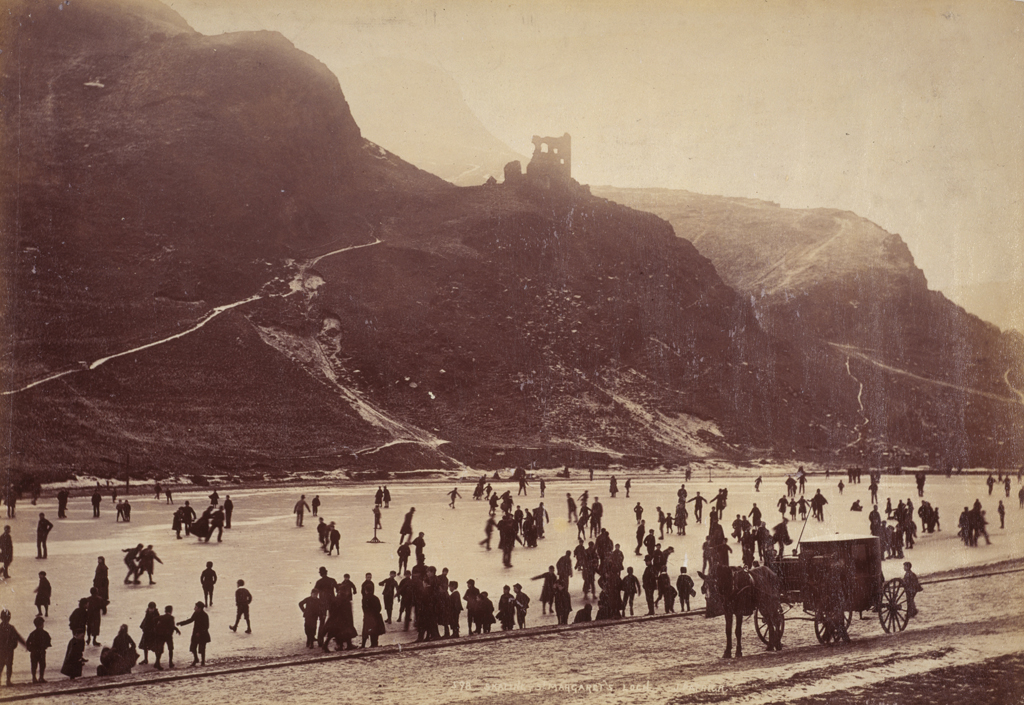
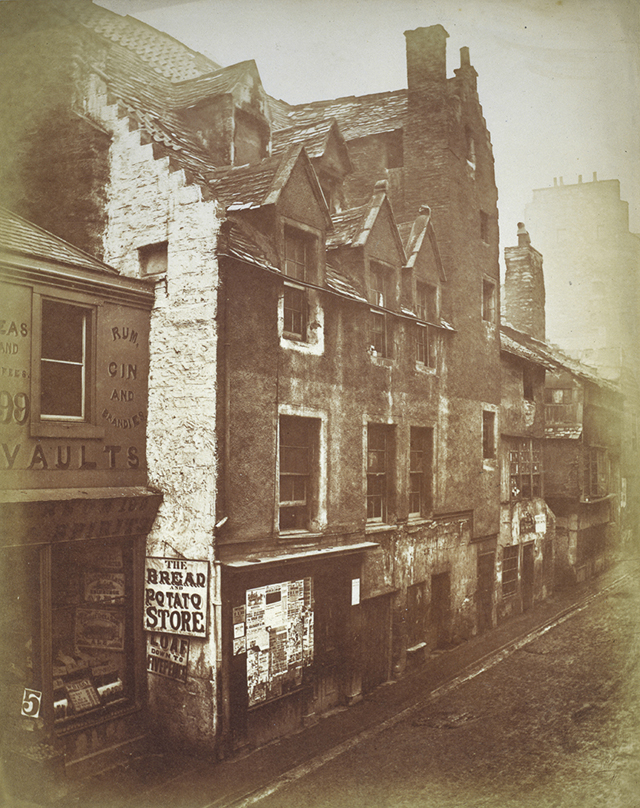
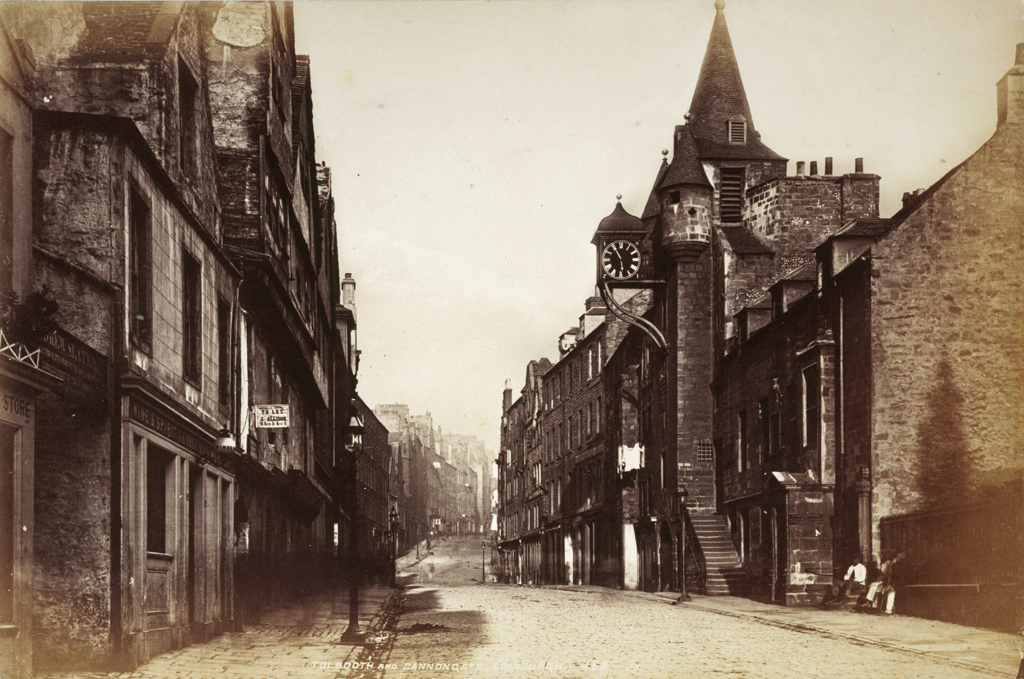
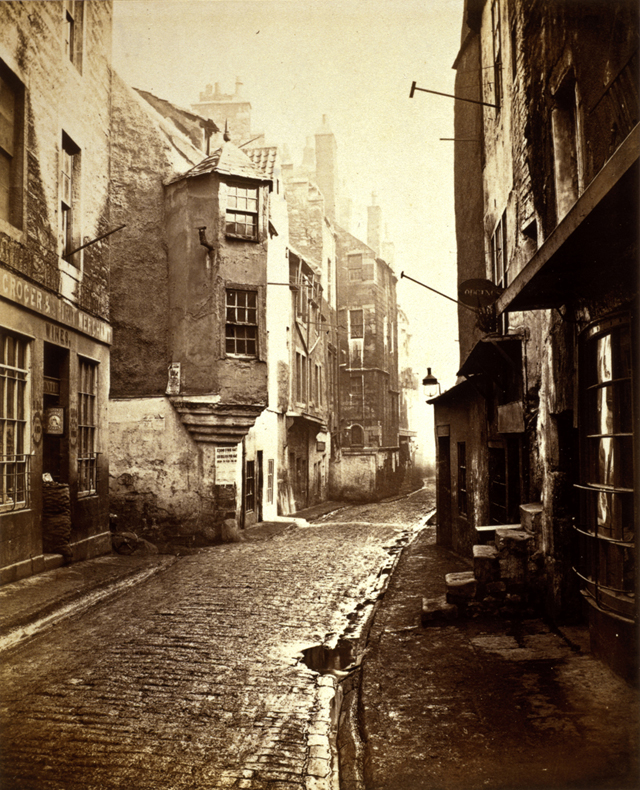
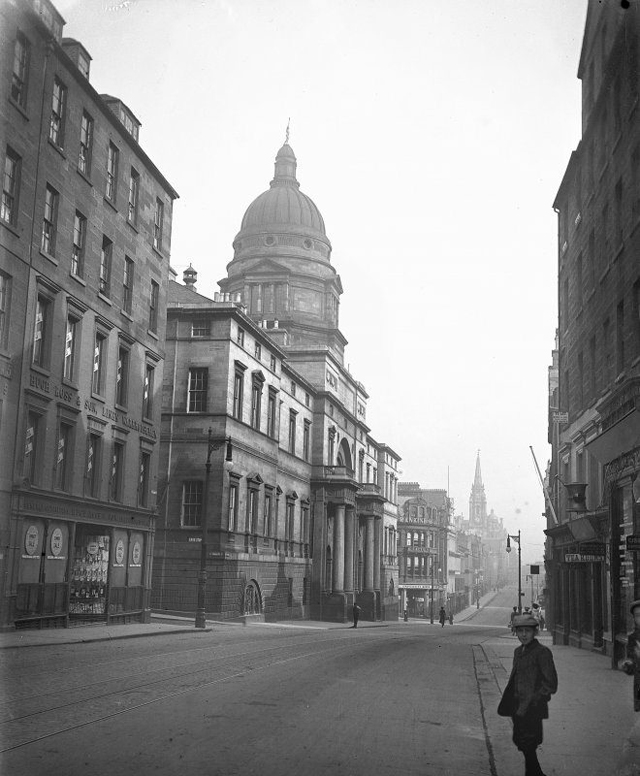
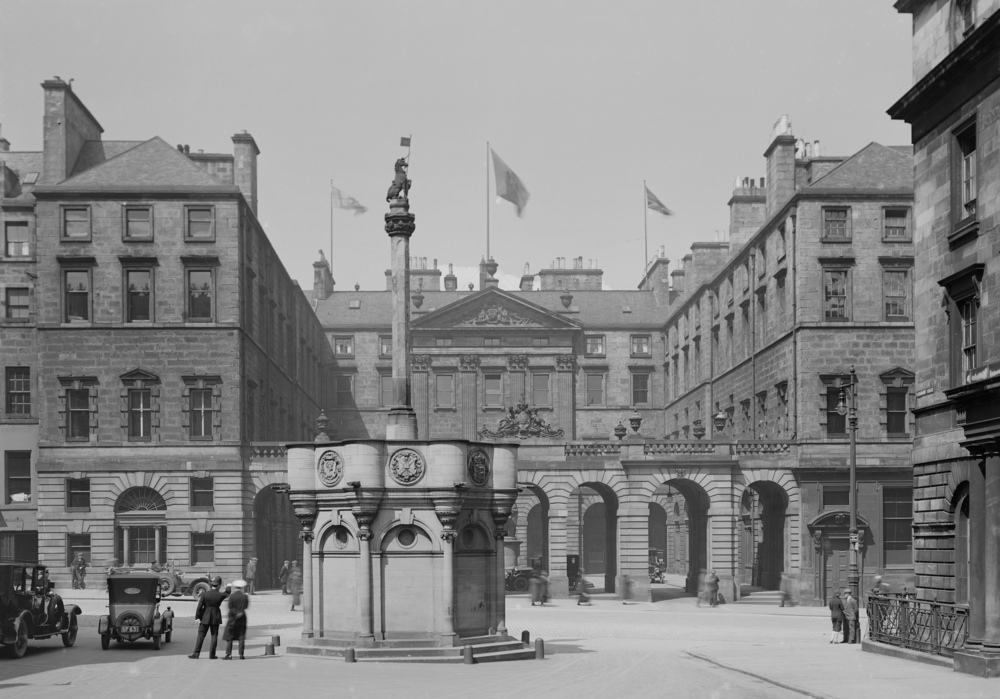
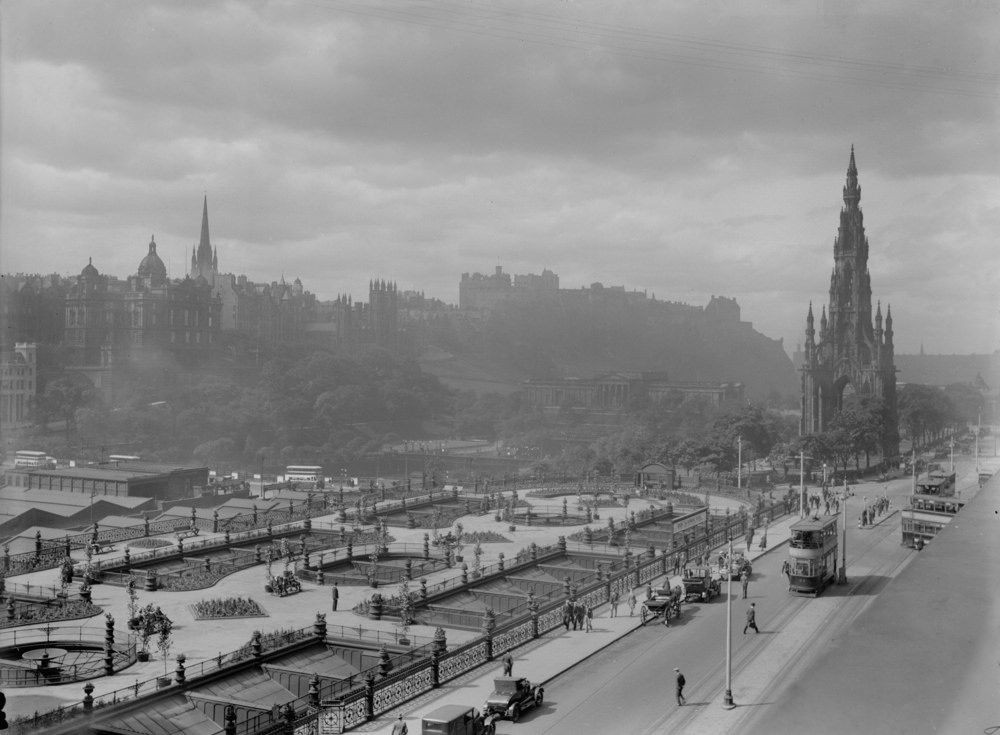
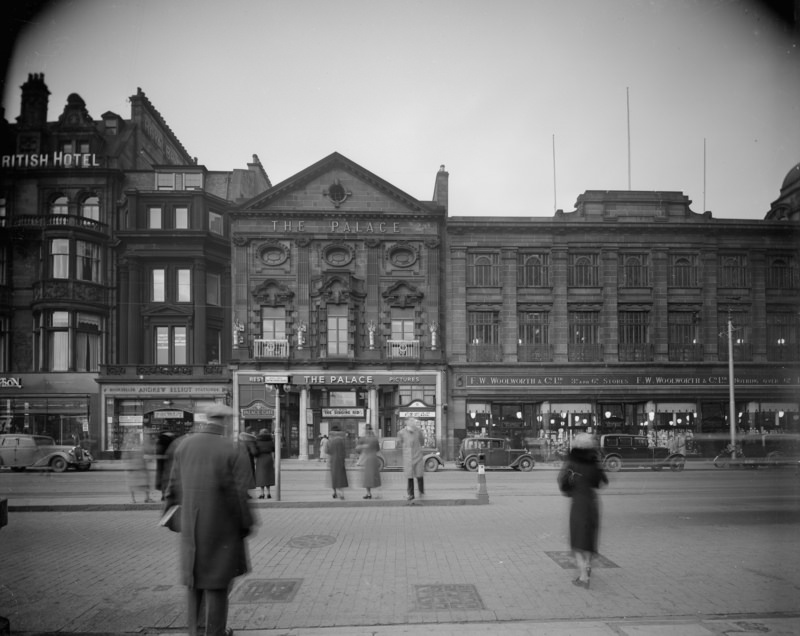
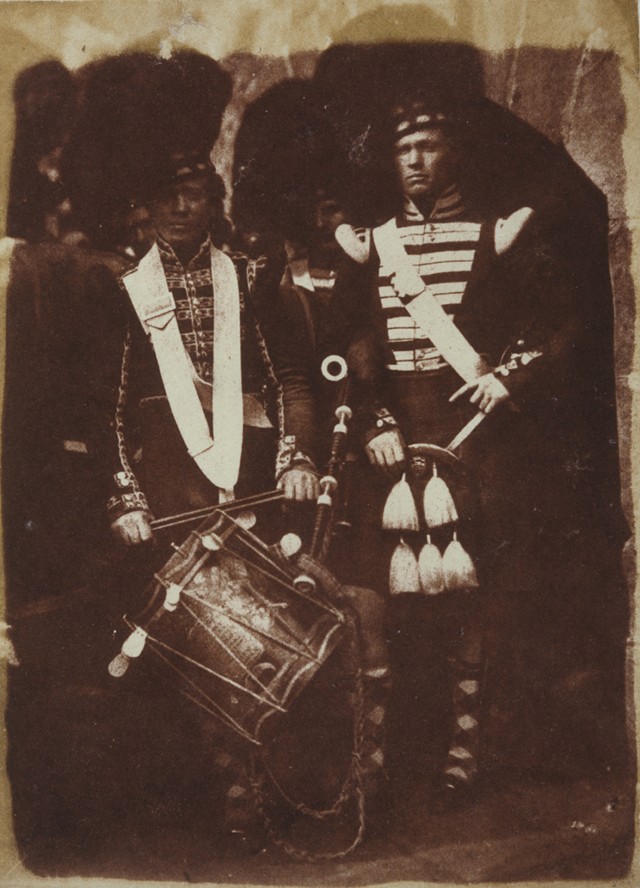
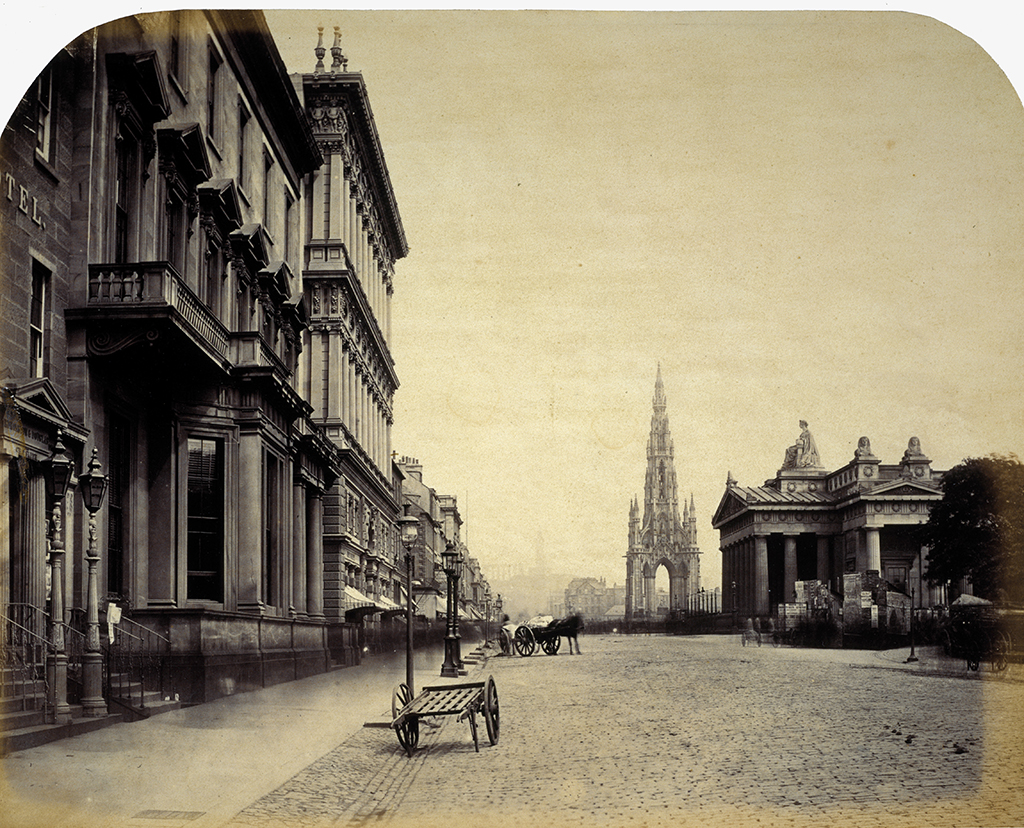
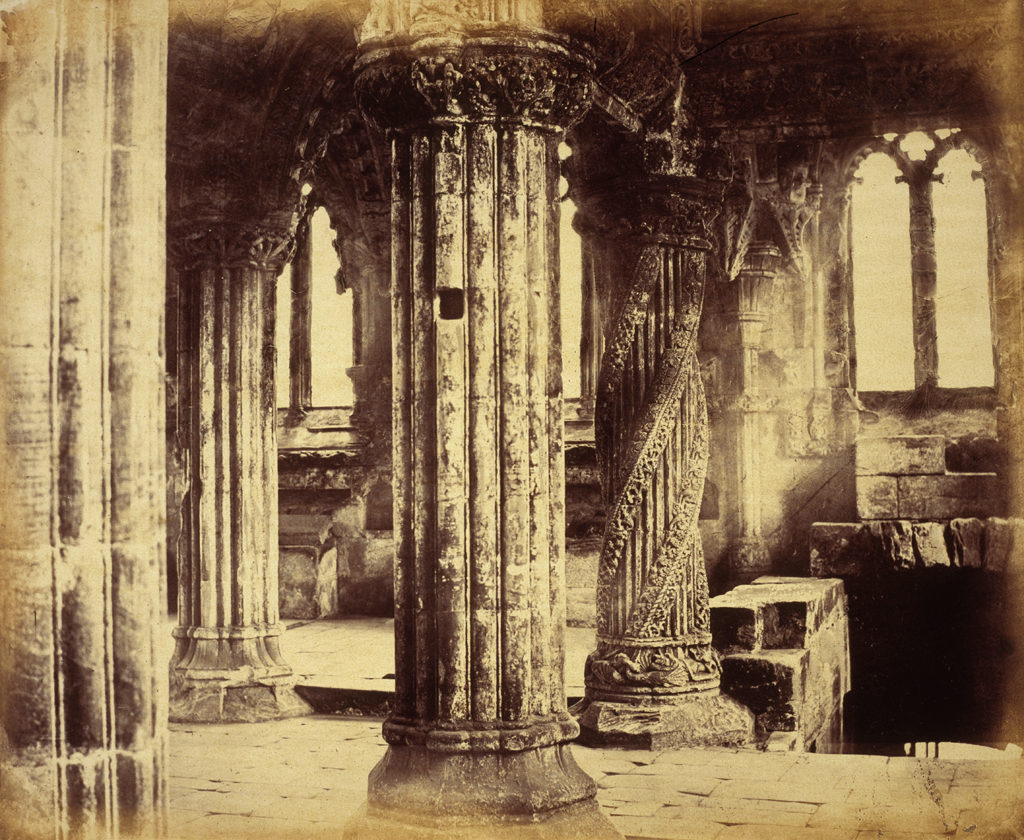
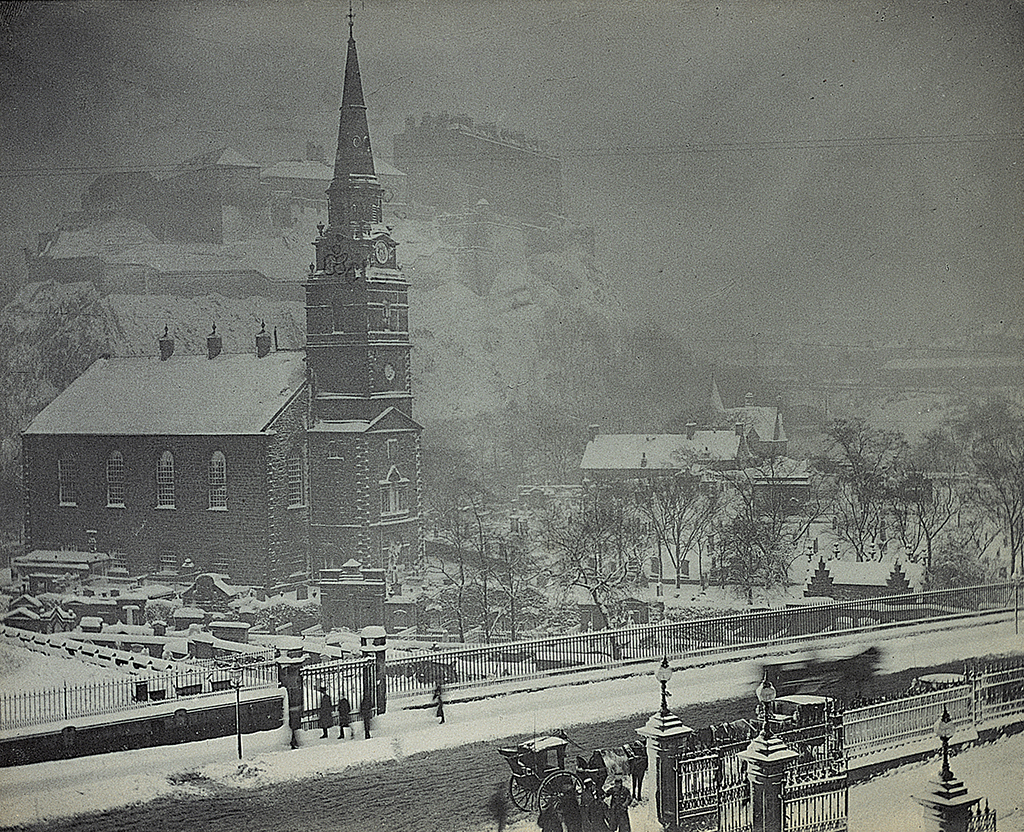
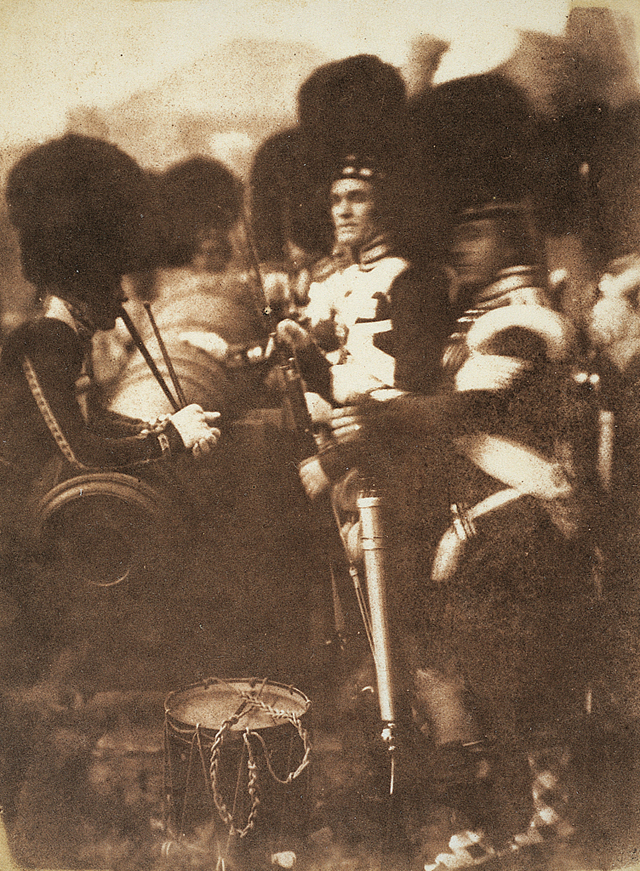
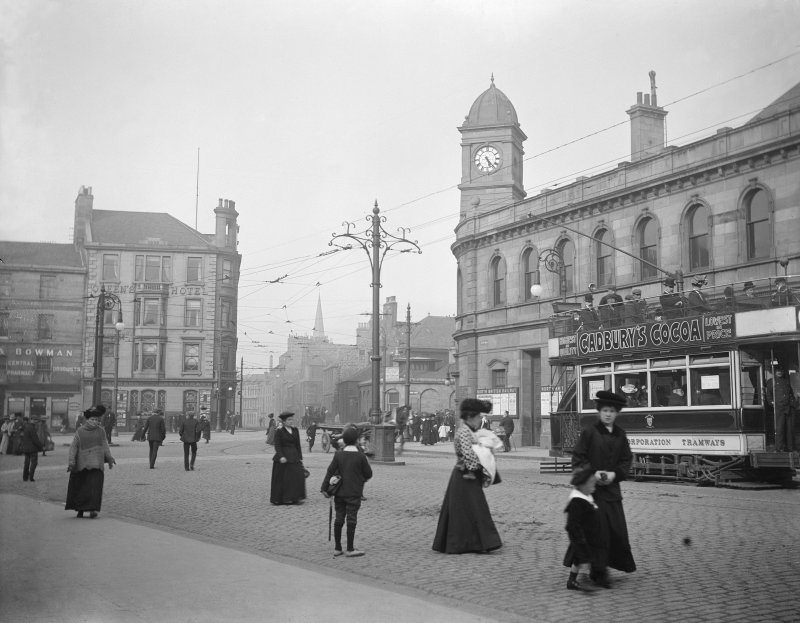
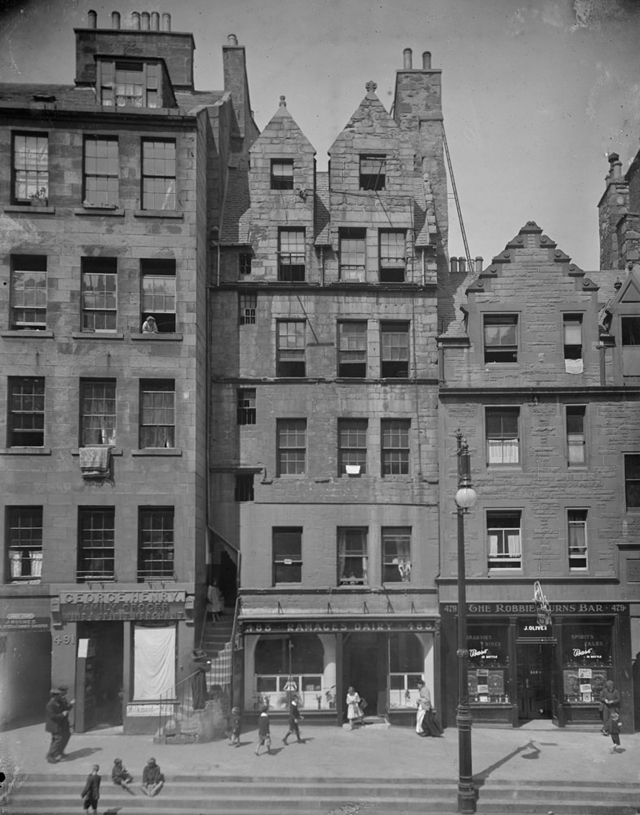
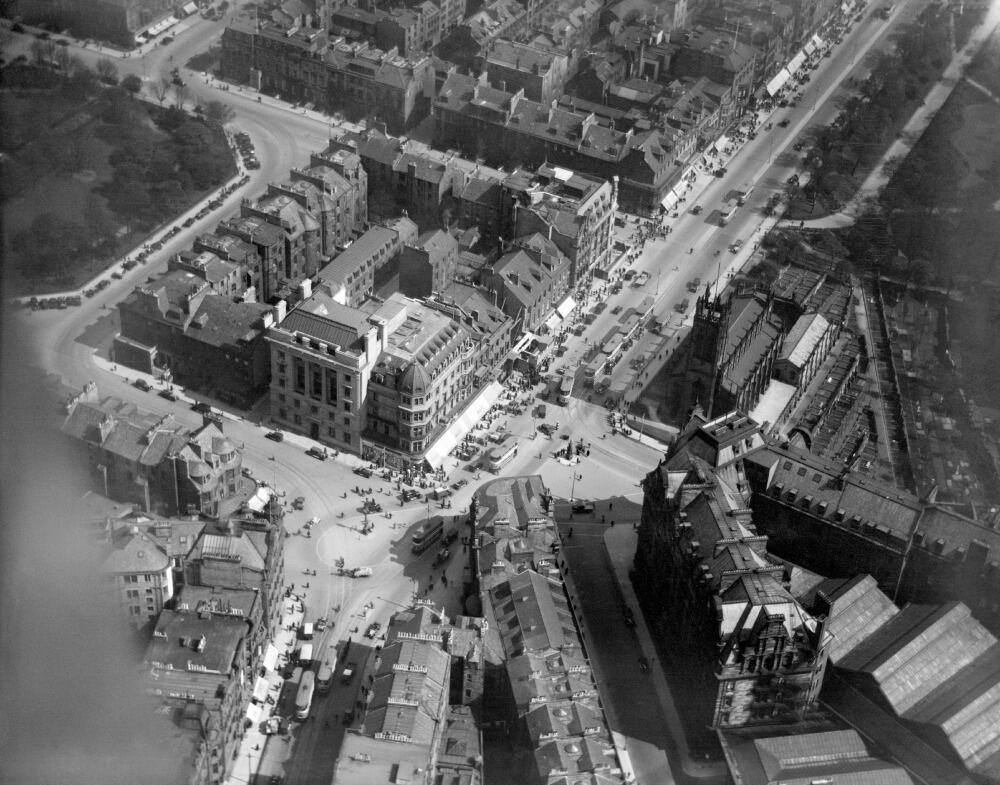
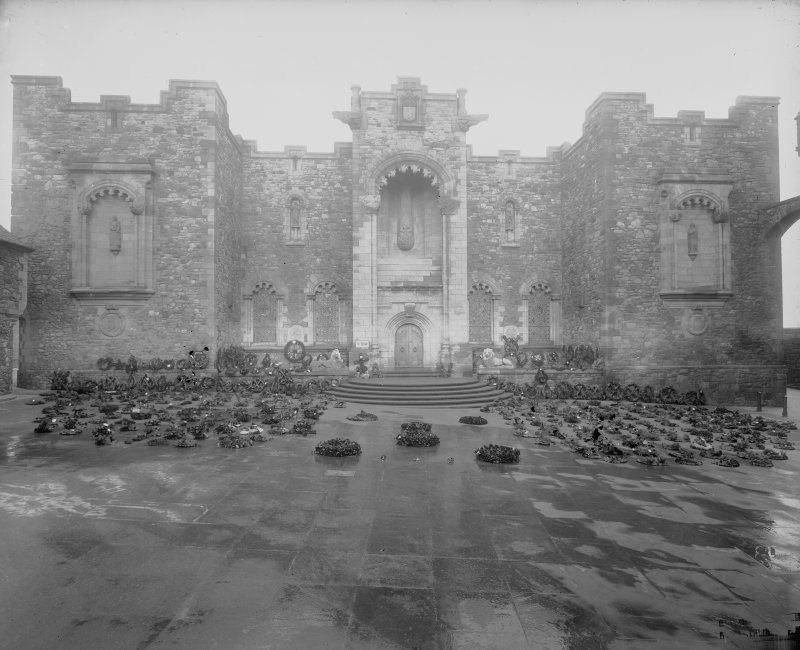
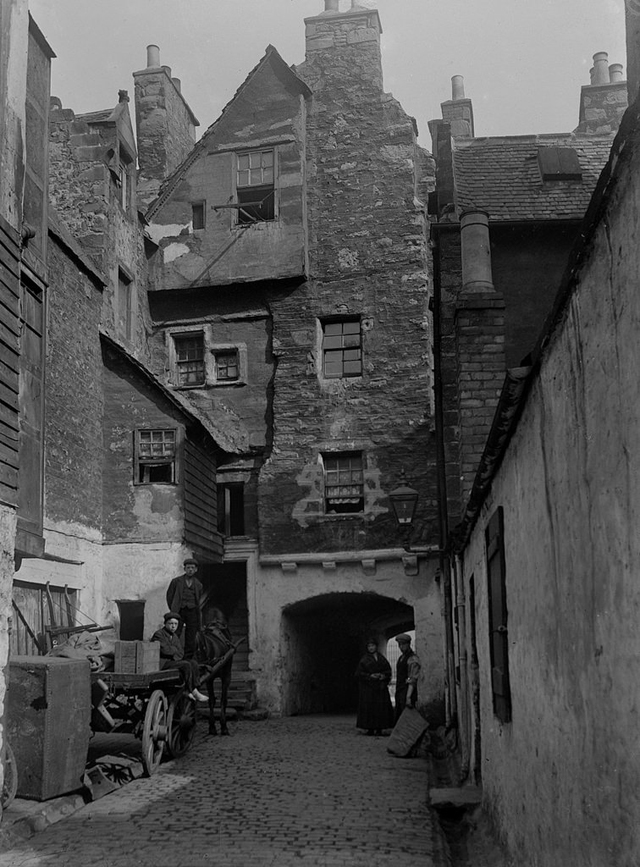
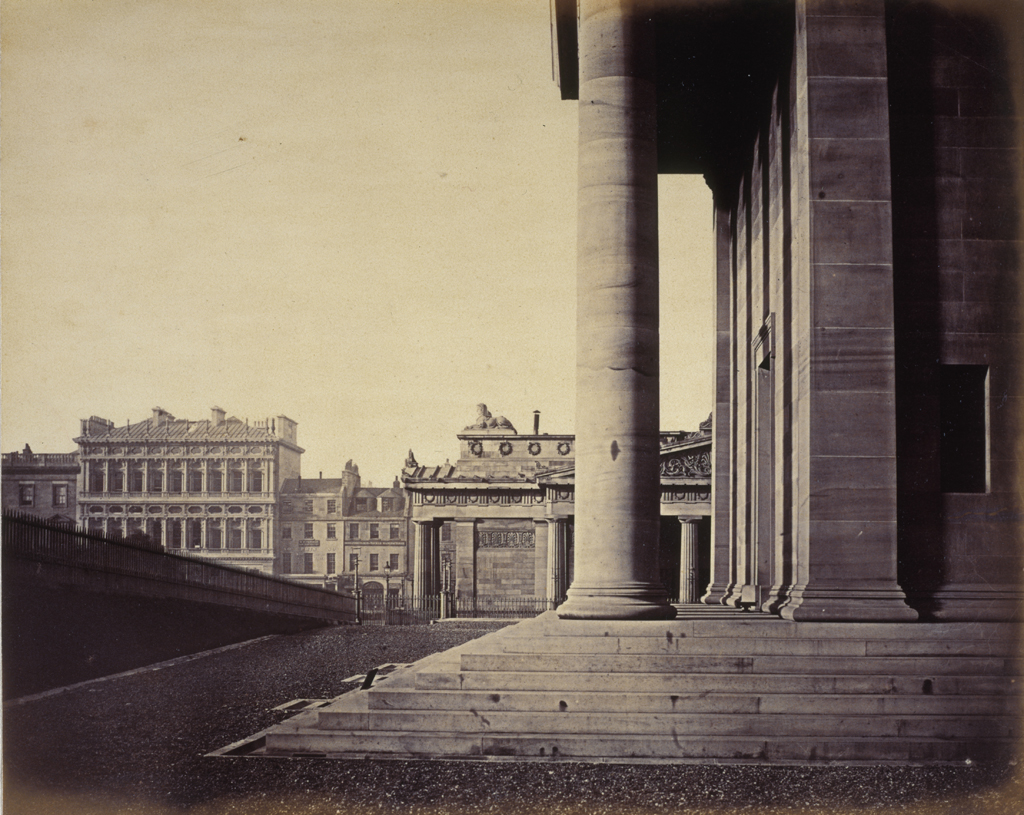
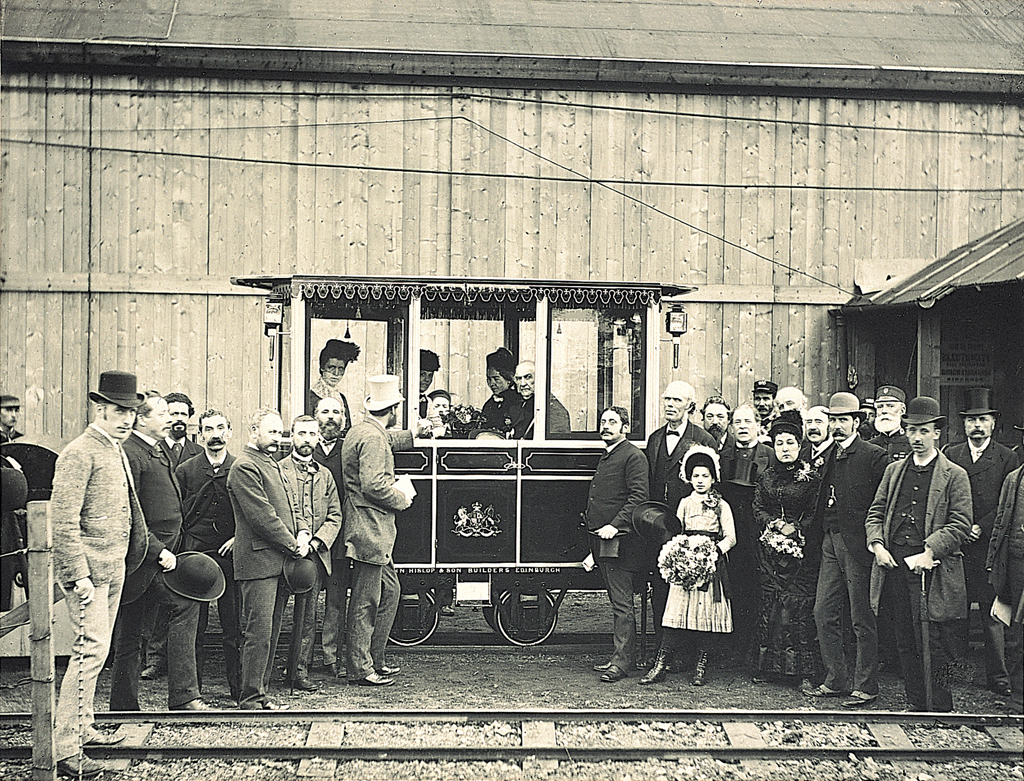
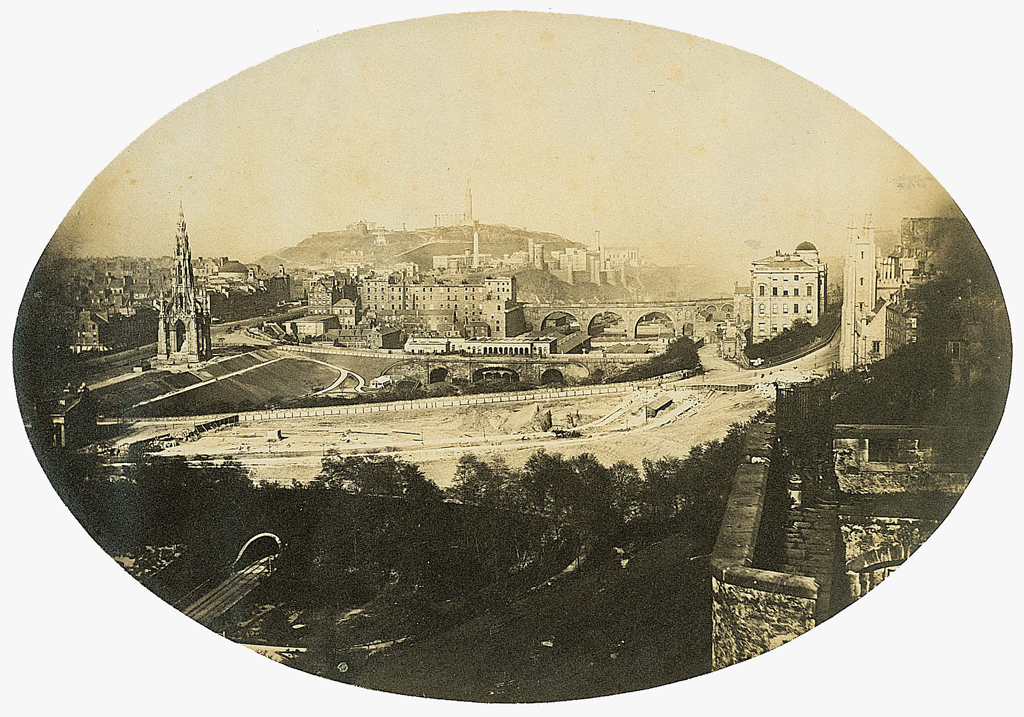
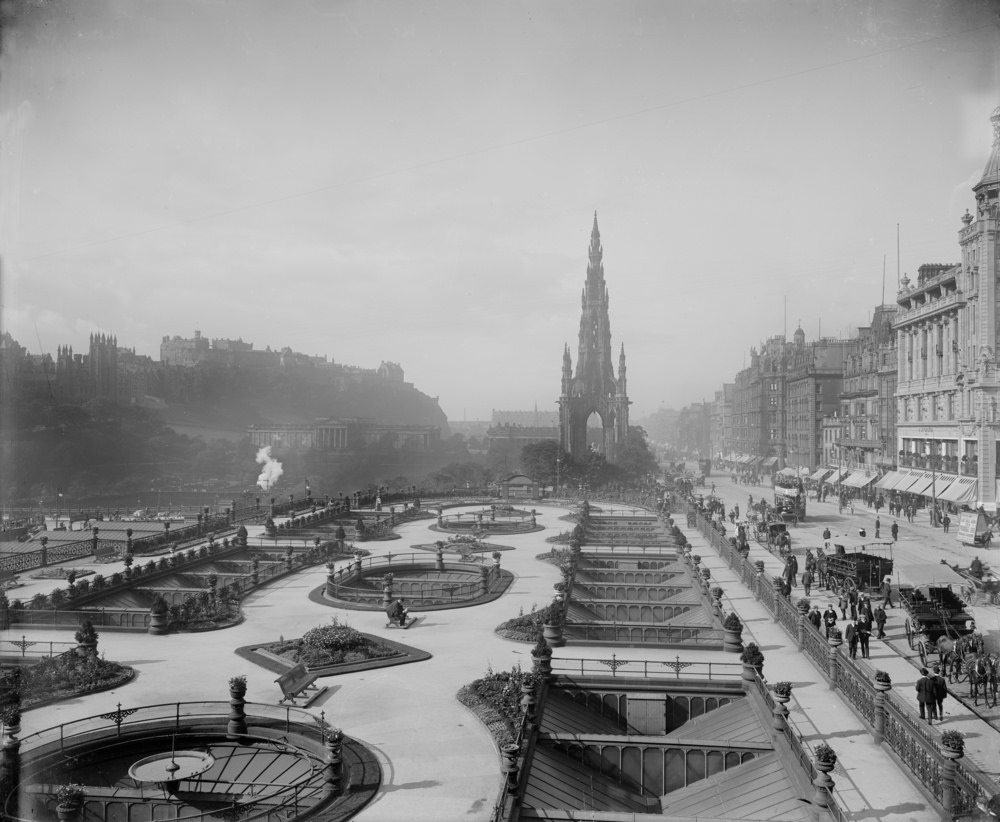
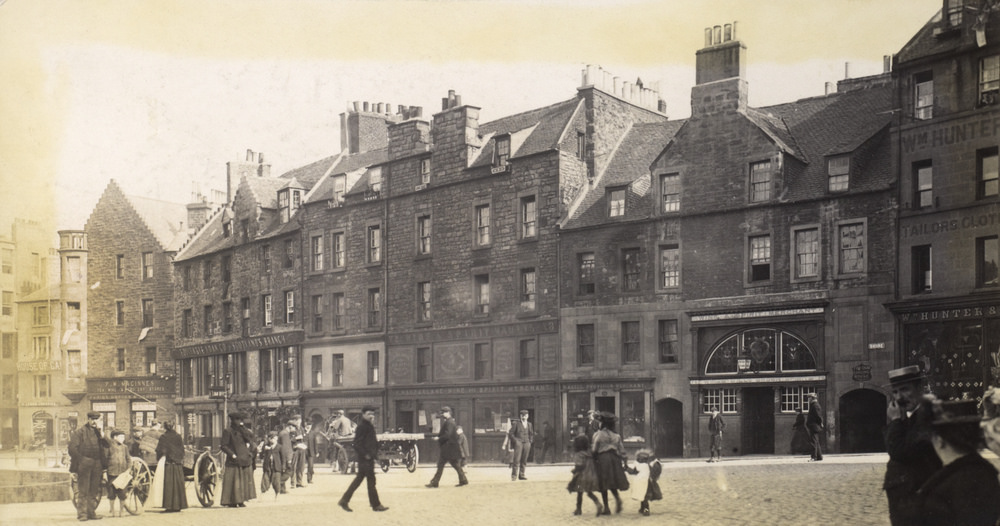
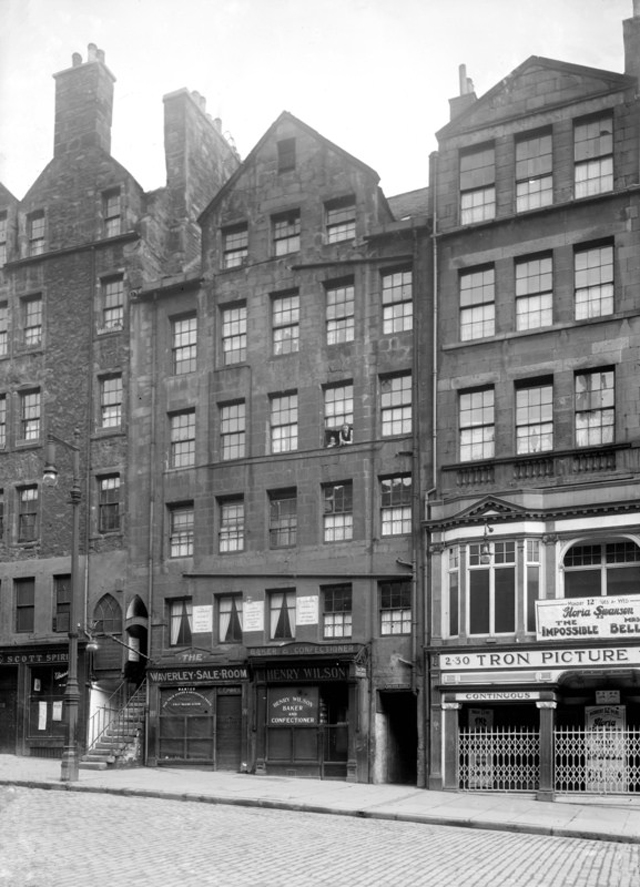
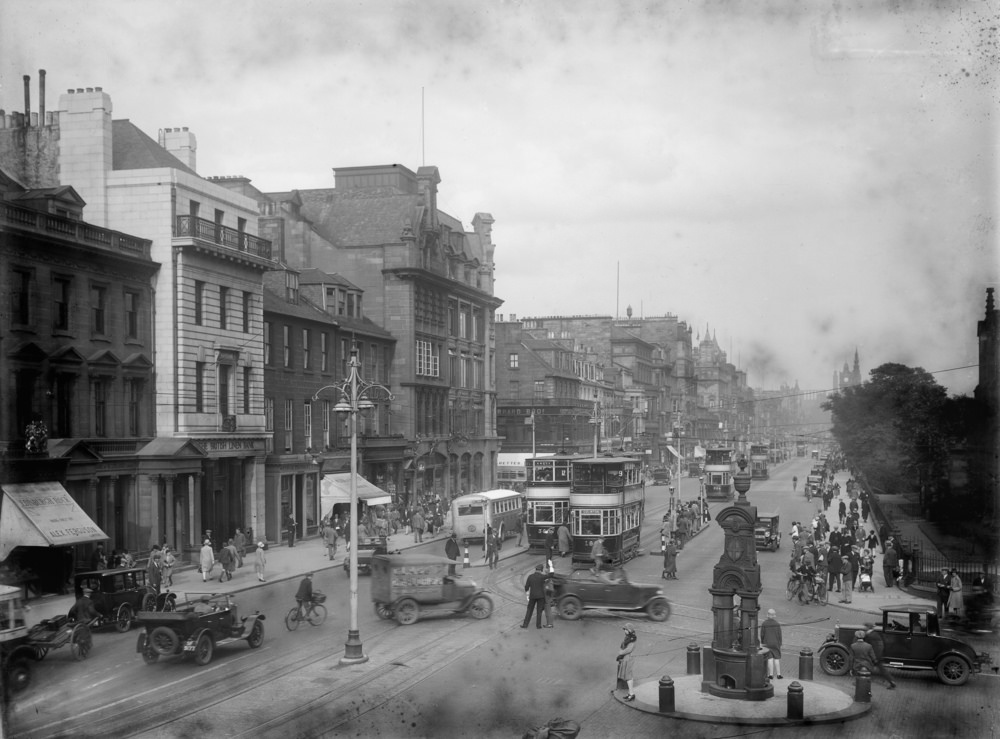
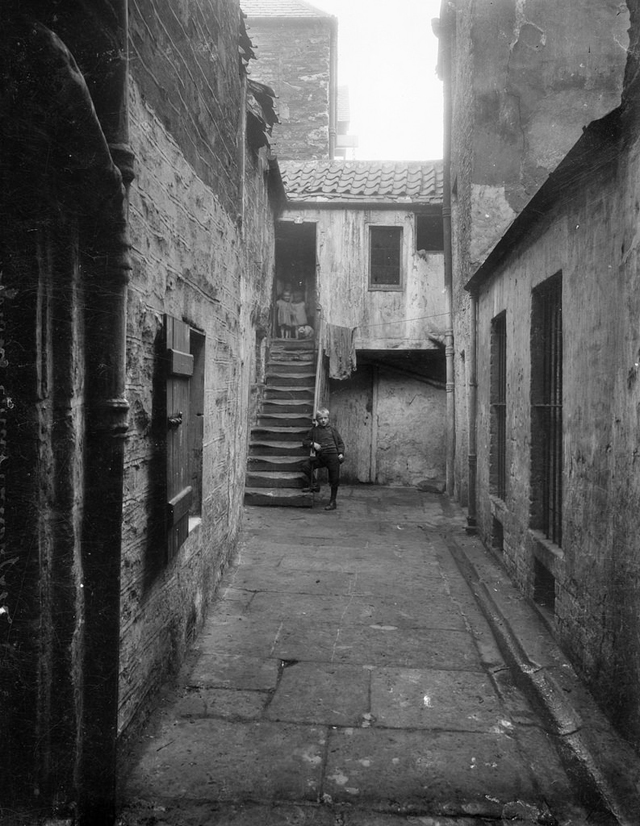
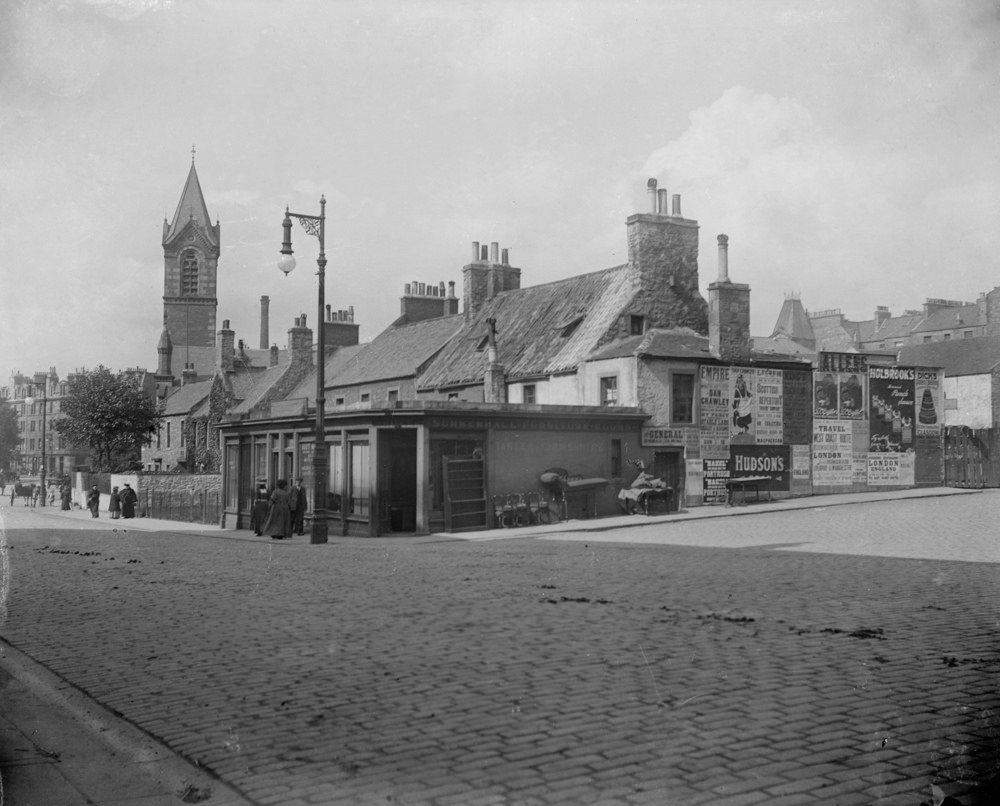
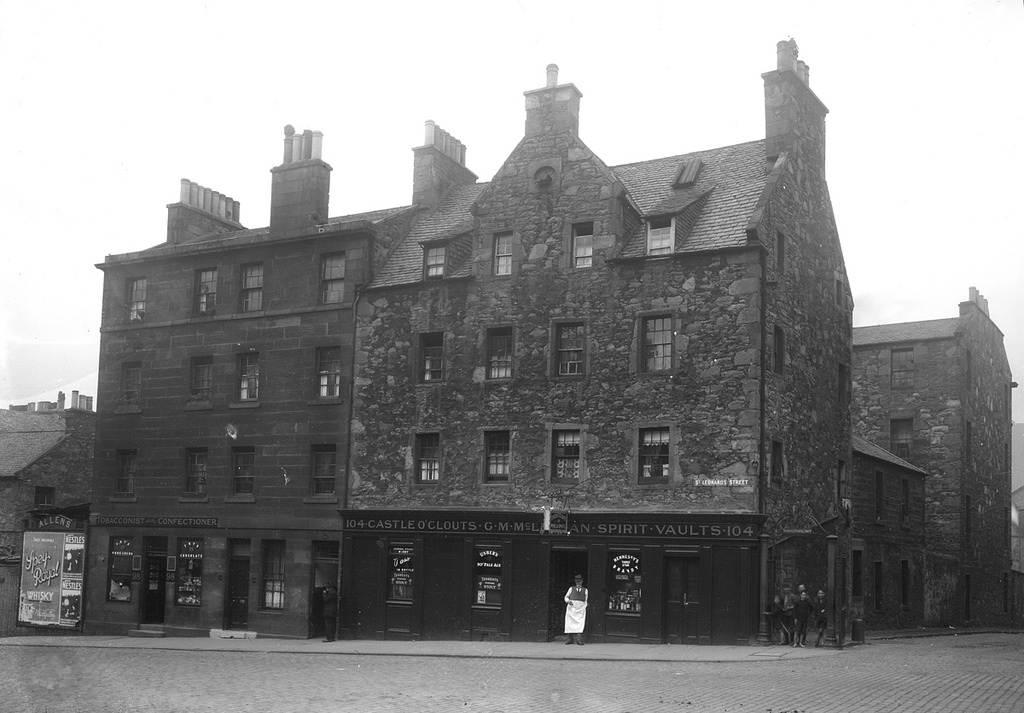
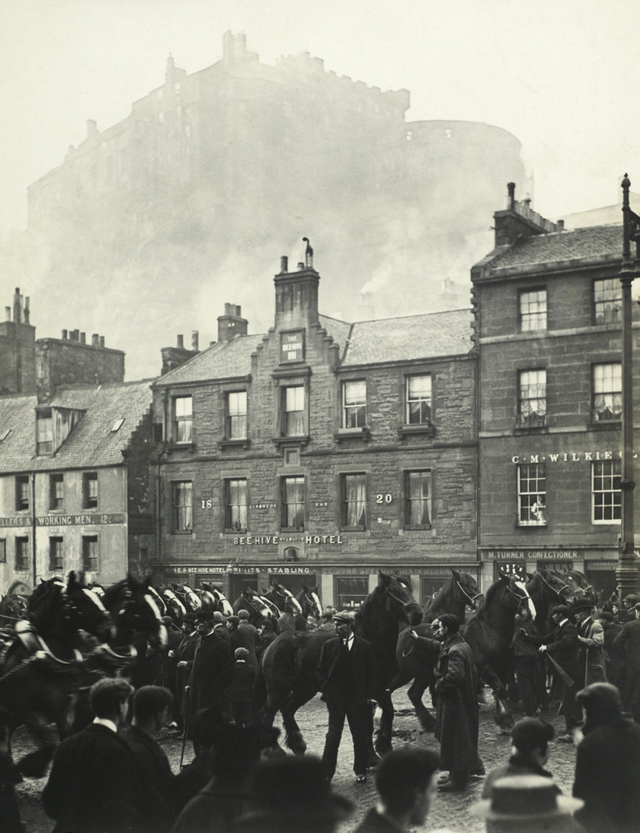
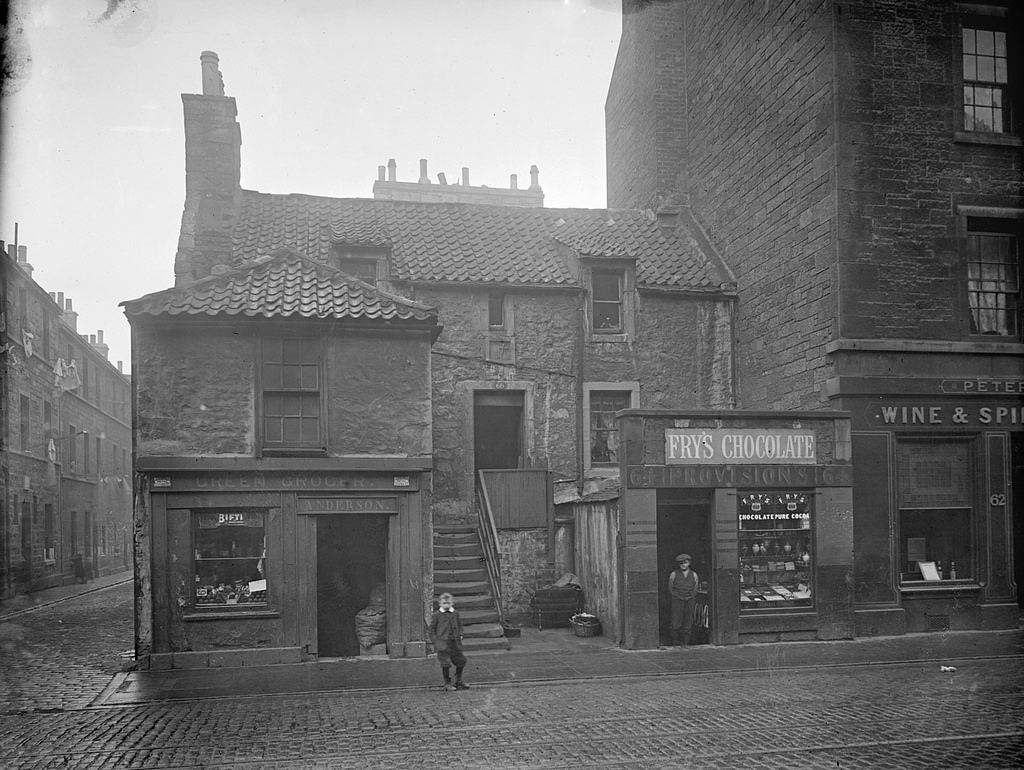
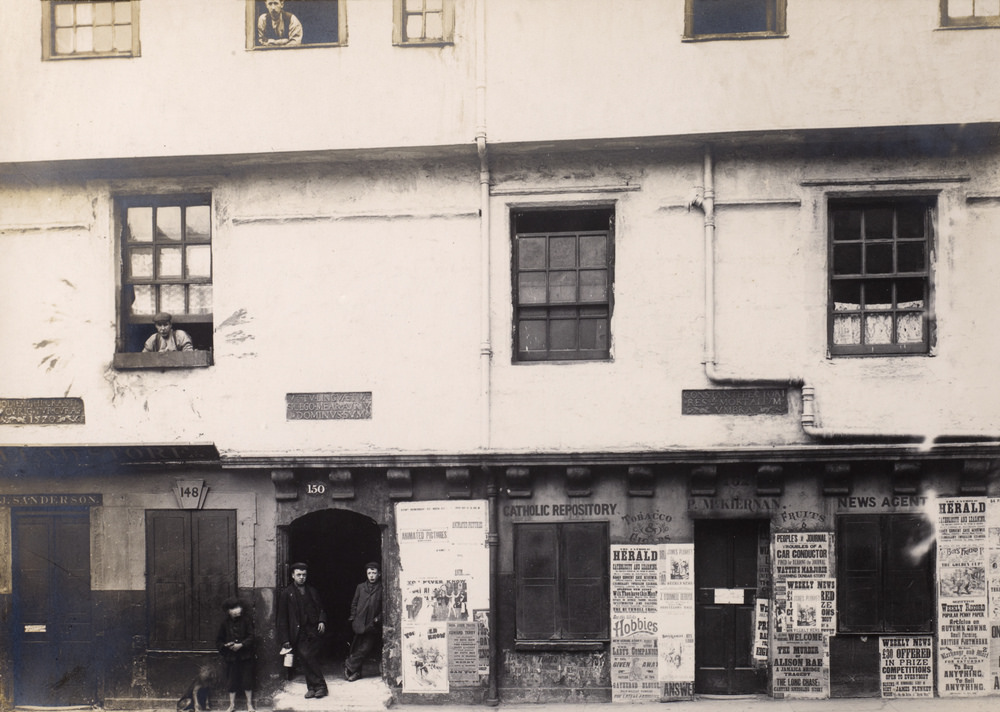
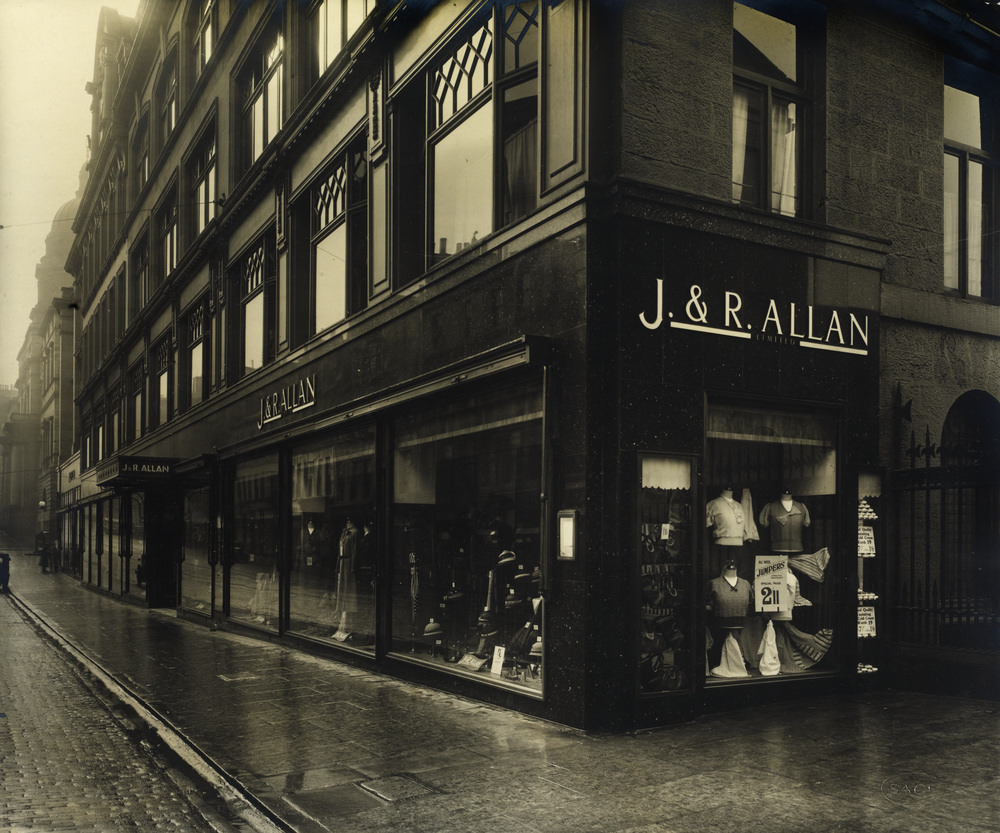
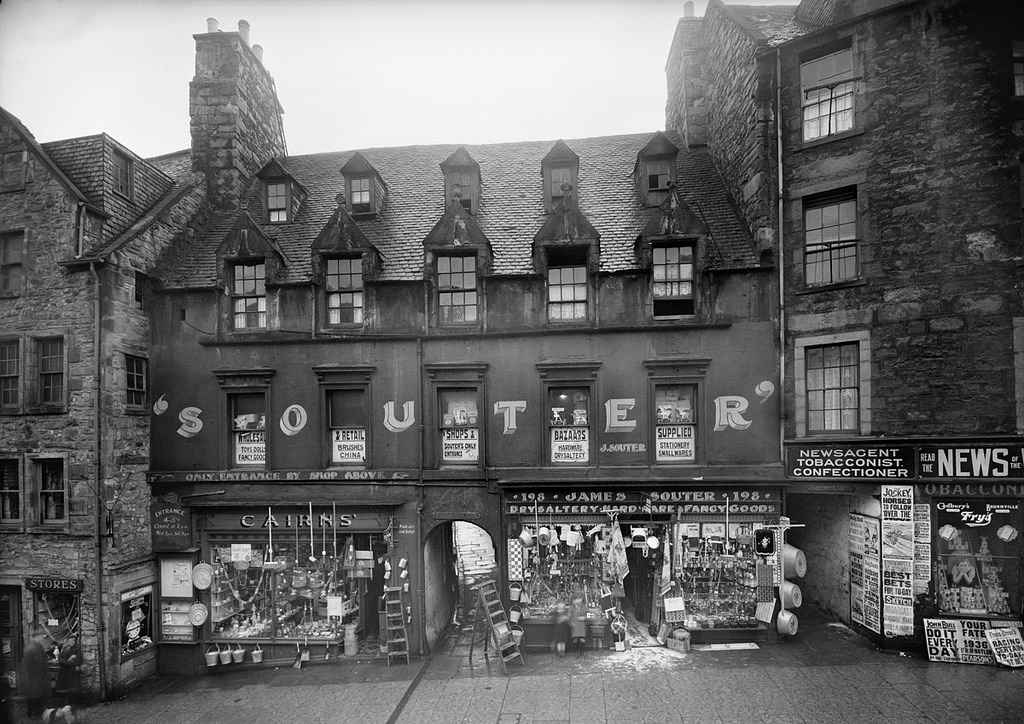
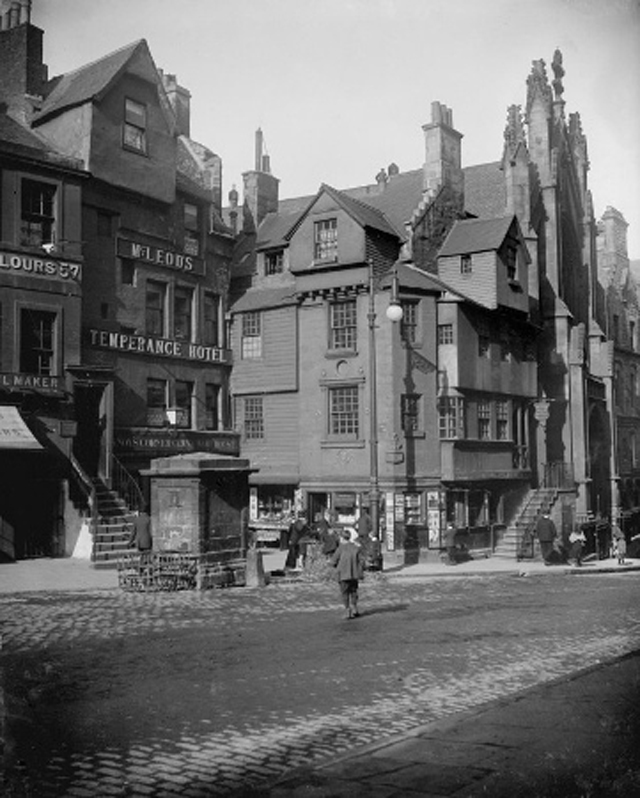
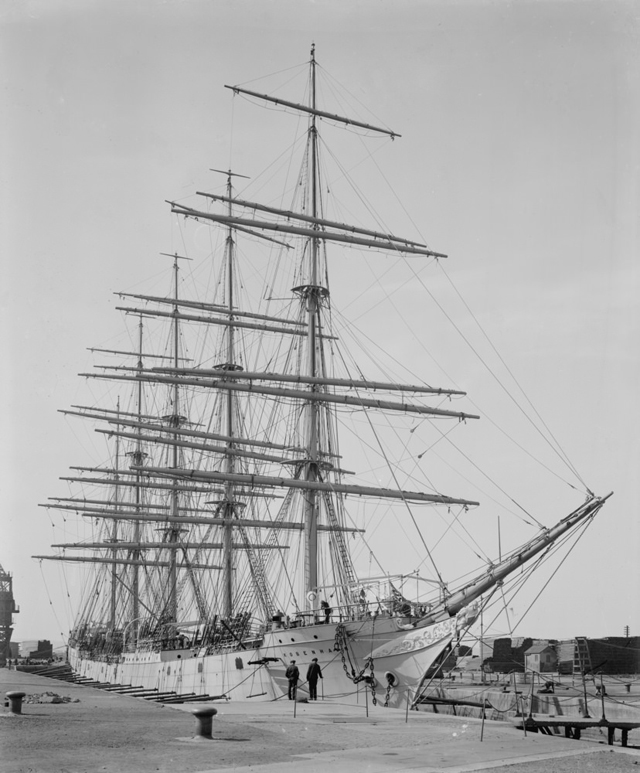
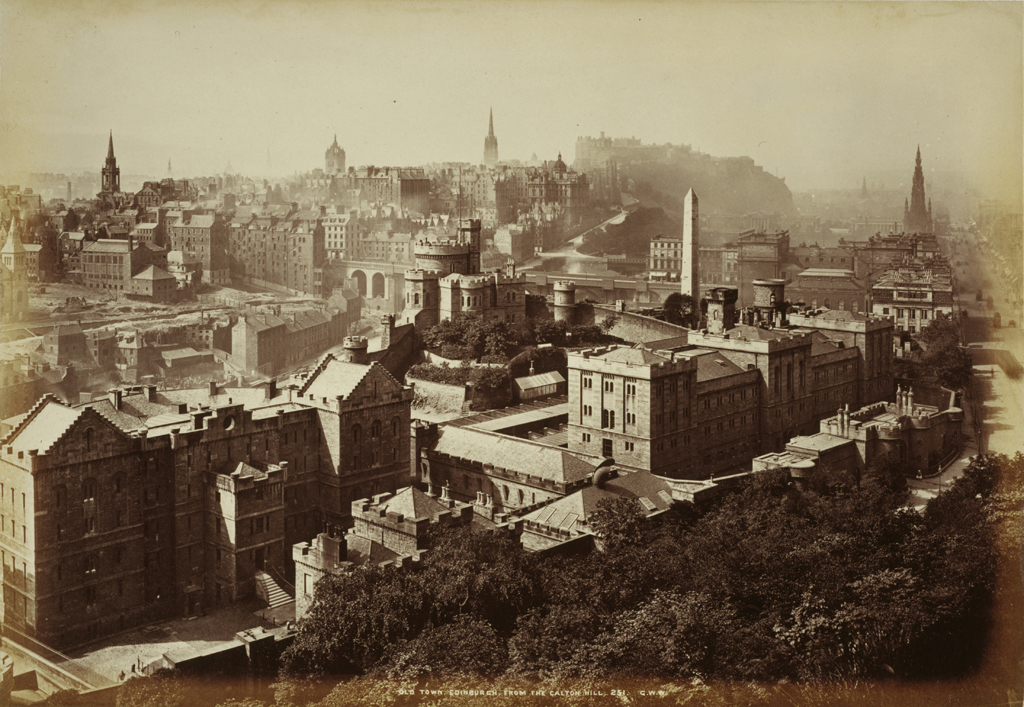
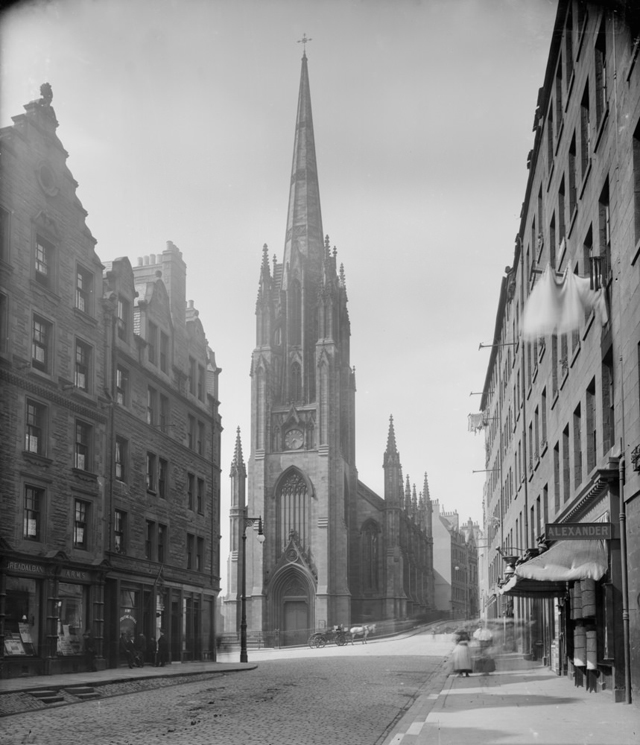
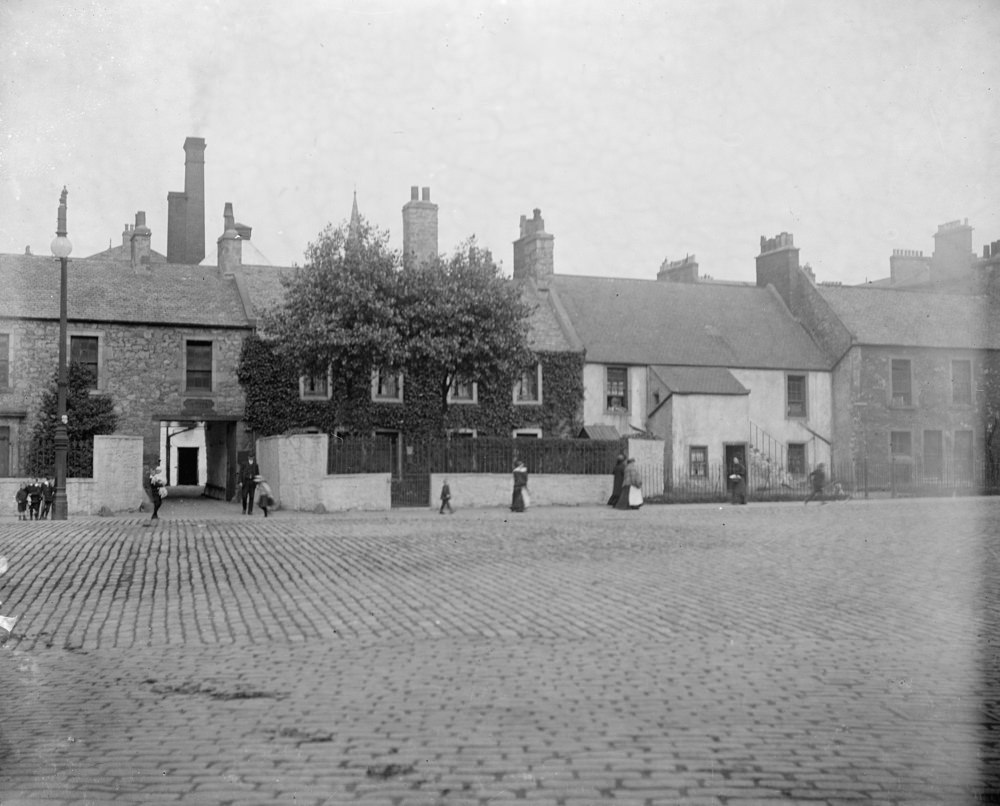

Ice skating at St Margaret’s Loch! When did that last happen?
I know bits of the city at that time were so densely packed it was fatal, but there’s so much space in some of these. How grand the royal academy looks
Some of the architecture lost in this City is absolutely criminal. I know times and priorities change, but still.
That’s EEN’s next article sorted!